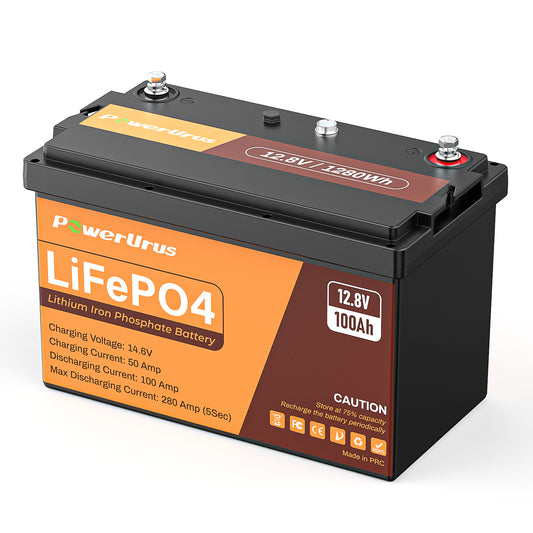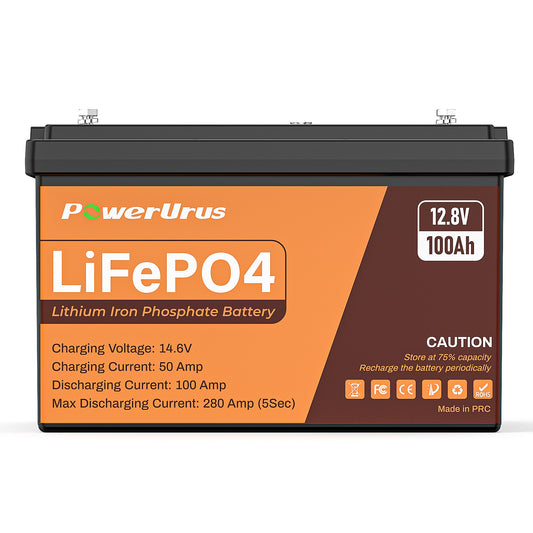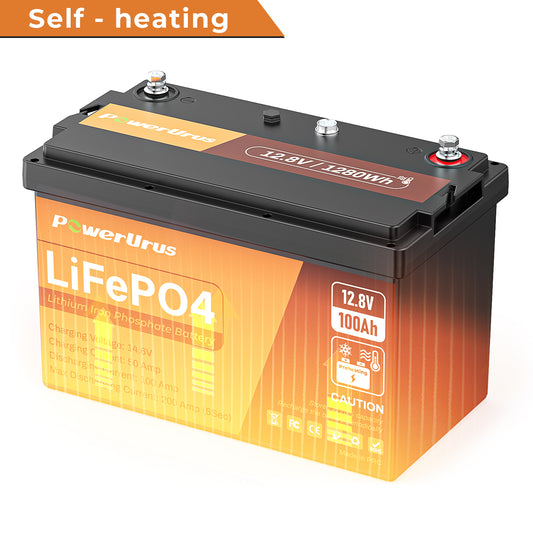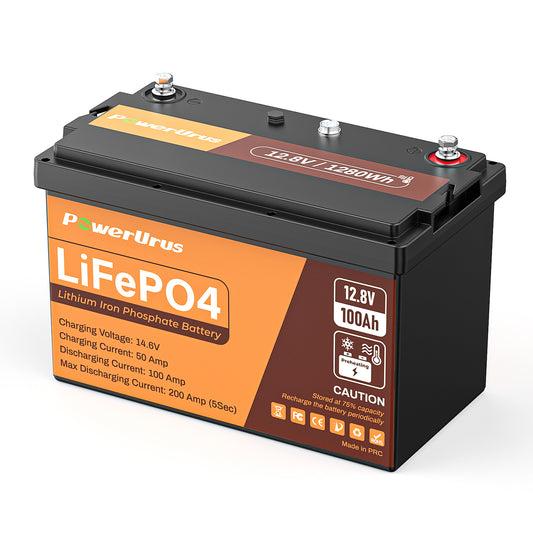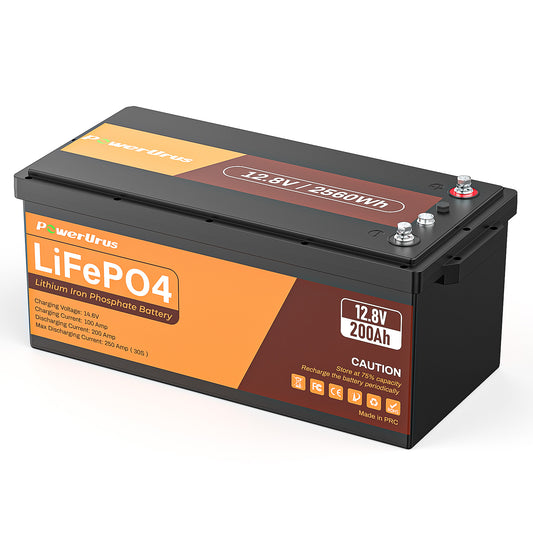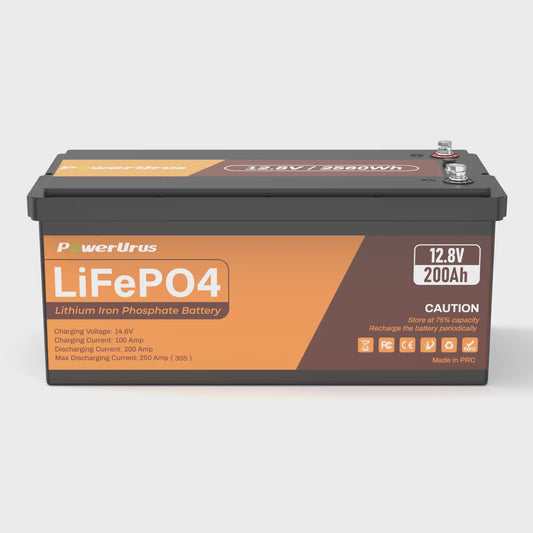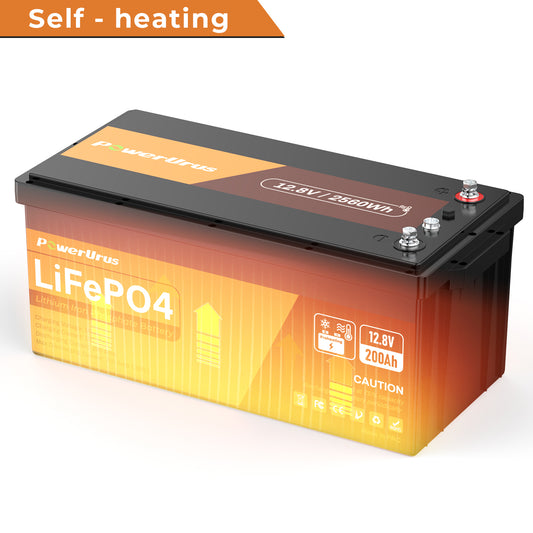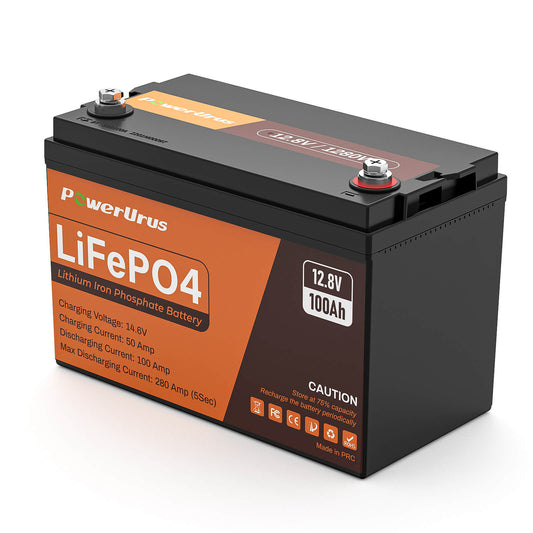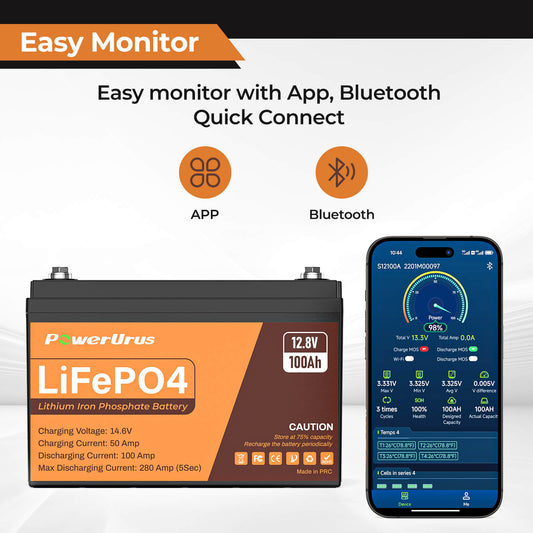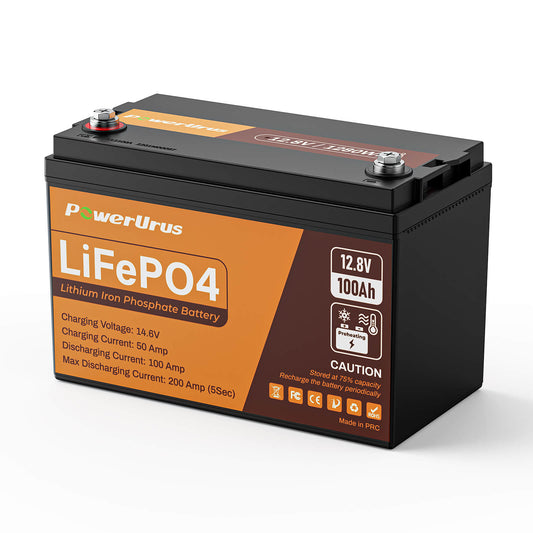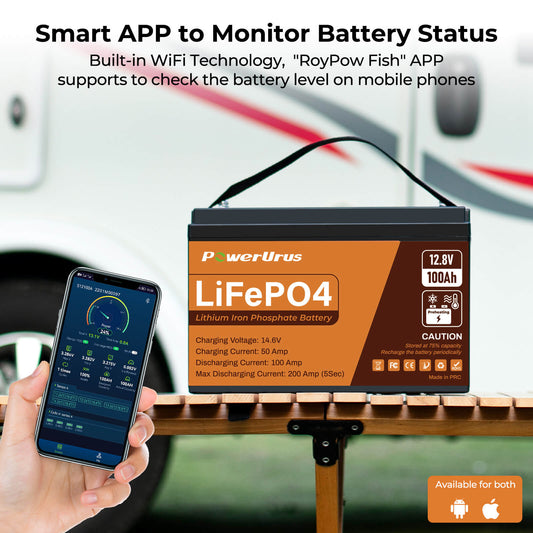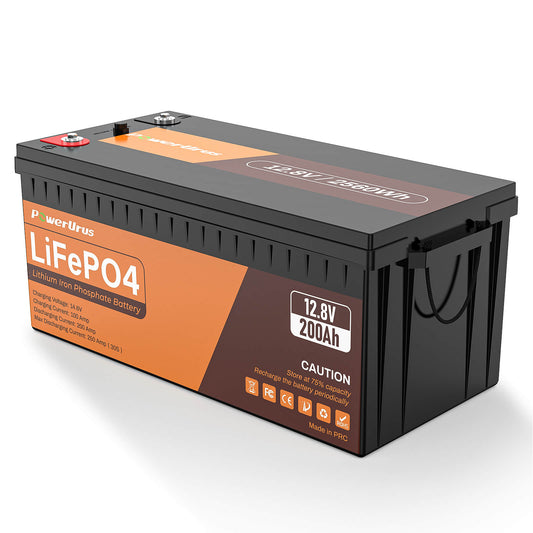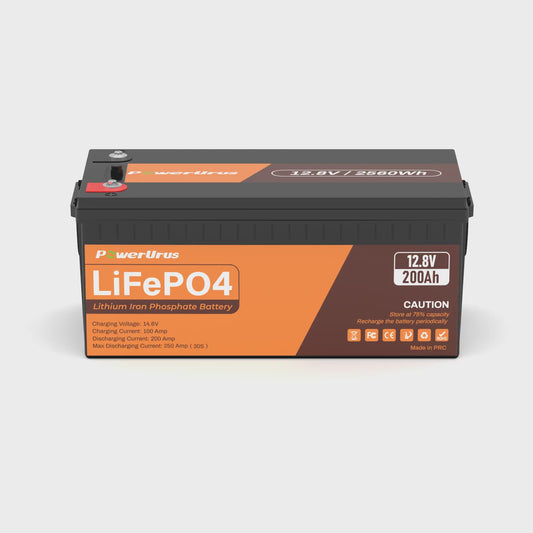Parallel vs. Series Wiring: Which Boosts 48V LiFePO4 Battery Bank Efficiency?
Choosing between parallel and series wiring for 48V LiFePO4 systems impacts cost, safety, and scalability. We break down the engineering trade-offs with real data.
When to Choose Series Wiring
Scenario: Building a 48V system from 12V LiFePO4 batteries.
How It Works: Connect four 12V 200Ah LiFePO4 in series (12V×4 = 48V).
Advantages:
Lower Copper Costs: 48V systems use thinner cables. For a 100A load:
Series (48V): 6AWG ($2.50/ft)
Parallel (12V): 2/0 AWG ($8.00/ft)
Efficiency: 92% energy retention vs. parallel’s 88% (per NREL tests).
Risks: One failed battery disables the entire chain.
When Parallel Wiring Shines
Scenario: Expanding capacity of a single 48V 300Ah LiFePO4 battery.
How It Works: Connect two 48V batteries in parallel (+ to +, - to -).
Advantages:
Capacity Doubling: Two 48V 300Ah units = 600Ah (28.8kWh).
Redundancy: If one battery fails, the system still operates at 50% capacity.
Drawbacks:
Requires a current-sharing module to prevent imbalance.
Higher upfront cost (two 48V batteries vs. four 12V).
Efficiency Comparison Table
|
Configuration |
Voltage |
Capacity |
Cable Cost |
Efficiency |
Best Use Case |
|
Series |
48V |
200Ah |
$120 |
92% |
Solar Inverters |
|
Parallel |
48V |
400Ah |
$450 |
88% |
Hospital Backup |
Expert Recommendations
DIY Solar Farms: Series-wired 48V LiFePO4 banks cut wiring costs by 60%.
Data Centers: Parallel systems ensure uptime during outages.
Pro Tip: For hybrid setups, use a 48V 4S8P LiFePO4 configuration to balance cost and redundancy.

